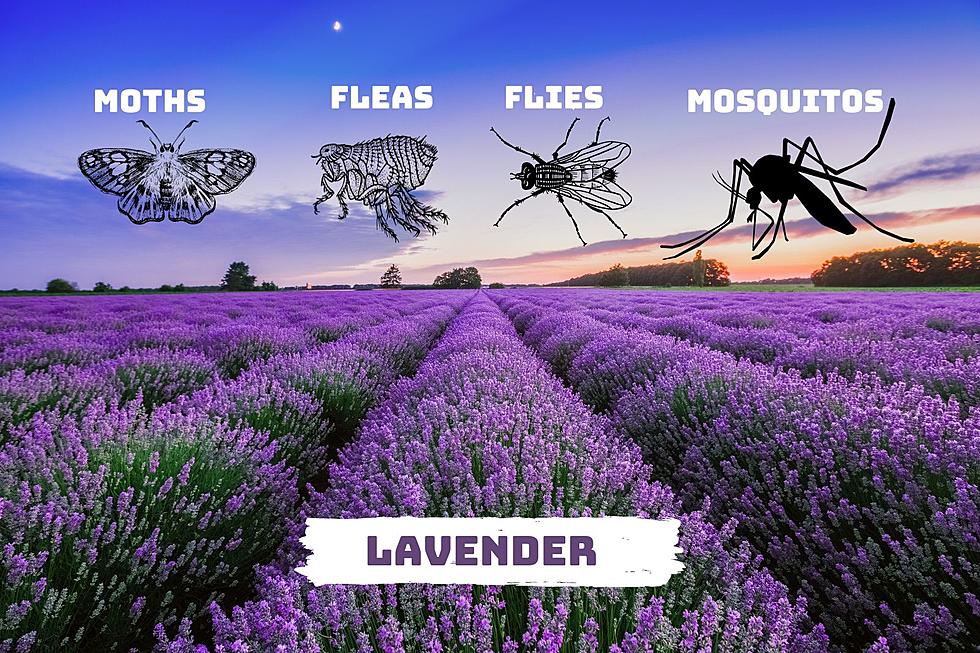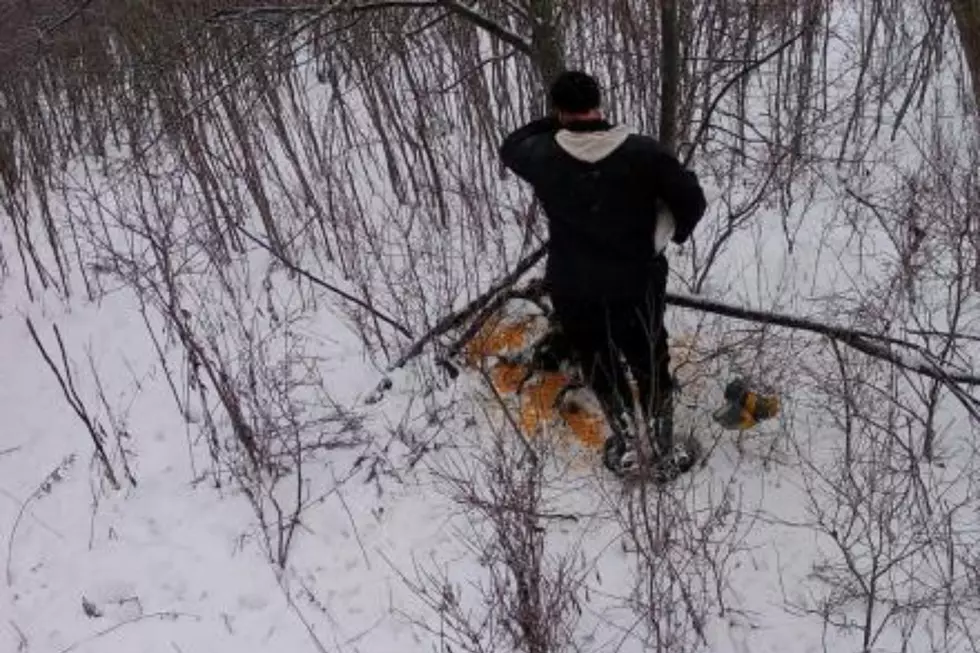
Diagnosing Your Corn’s Health – AG Matters
As we have traveled around Central New York during our Farm Hands program, we've seen corn crops emerging. With our usual wacky, spring weather; it seems to be in various stages of growth. Cornell Cooperative Extension's Jeff Miller has some tips for getting an early diagnosis on your crop.
Jeff's tips below include getting plant counts, as well as missing plants, identify pests and overall plant health.
One week after corn is rowed up is enough to allow population counts; 1/1000 of an acre in a row with : 30” row spacing..17’5”; 32” row spacing…16’ 4”; 36” row spacing..14’6”. Most growers with silt loam soils should be shooting for 28-32,000 pl/ac for grain and 32-34,000 pl/ac for silage. Don’t just count one row. Make counts for each row of the planter and determine if there was a problem with any planter units.
• Skips in the rows should be dug out with a pocket knife to look for seed or seed injury from compaction “corkscrew”, slimy seed associated with disease, hole in seed from wireworm or seed corn maggot.
• Wilting plants may be the signal for stem borers, possibly cutworm. Look for quack grass an attraction for stem borers or broad leaf weeds an attraction for cutworms.
• Plants with light green to purple leaves can indicate inadequate soil warm up which lead to temporary nutrient deficiencies due to cold dry weather.
• Rows of cigar shaped holes in the leaves can indicate bill bug damage, look for nutsedge another attraction for bill bugs
• Rows of round holes in the leaves can indicate european corn borer injury.
• Whole seedling plants left on the surface without seed….indicate bird damage. If you are forced to re-plant, consider waiting 10 days and planting deeper.
• If you have applied a preemergence herbicide this is a great time to check weed populations in your fields. Remember if you have RR corn that you want to target annual weeds at 2” height and most perennial grasses at 4-6” height. Add a residual like atrazine or banvel.
You can get more of Jeff's tips online including calculating nitrogen needs.
SOURCE: Cornell Cooperative Extension - Jeff Miller
More From Big Frog 104









